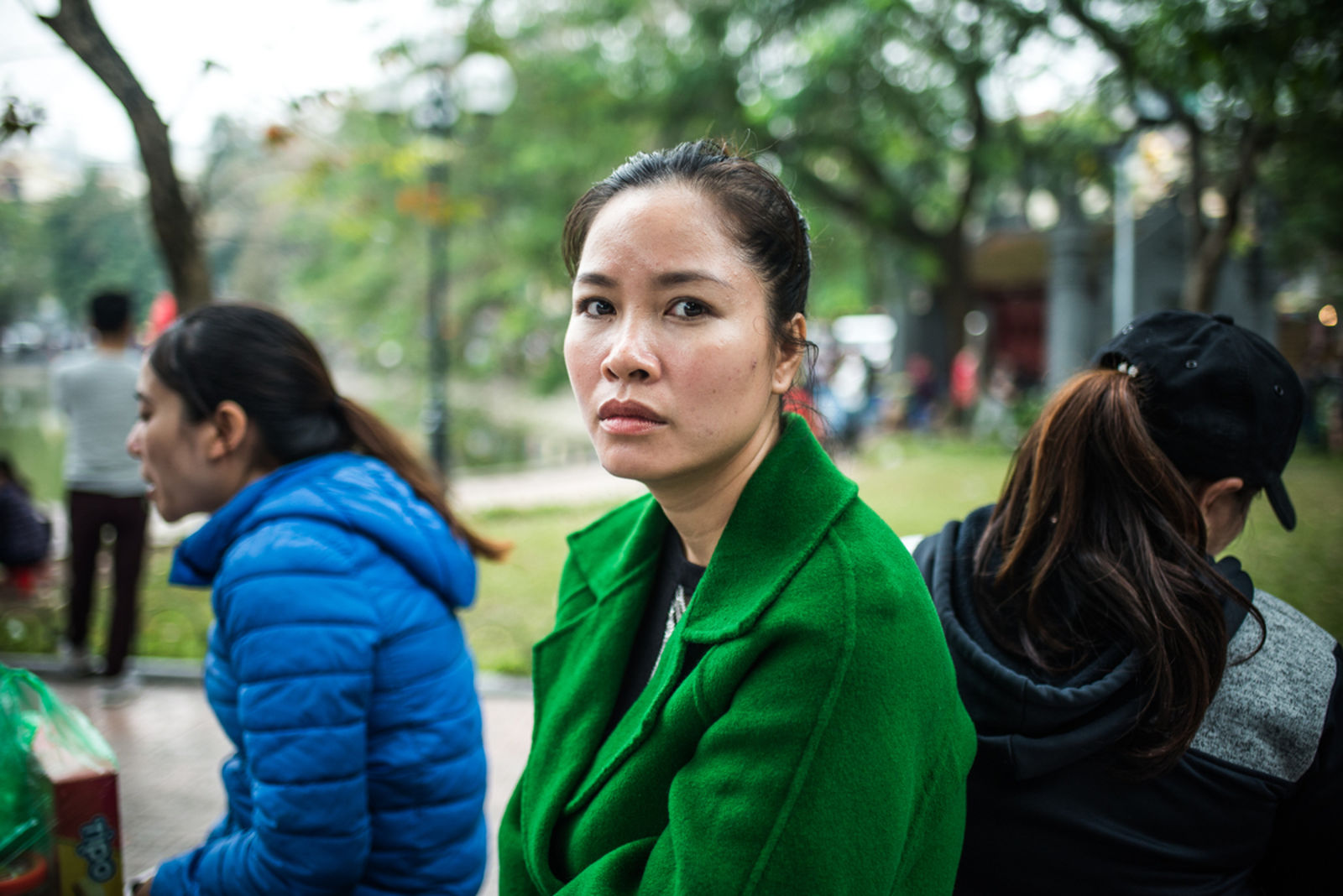The pandemic has touched every corner of the world, but it has impacted female workers more than men.
New research from the International Labour Organization's Vietnam office has found that the COVID-19 pandemic has worsened existing gender inequalities in the workforce, and also opened up new gaps.
ILO analysts note that on the surface, female labor force participation in Vietnam is excellent: over 70% of working-age women in the country are in the labor force, while the global average is 47.2%, and Asia-Pacific's is just 43.9%.
However, this figure is still almost 10% less than the rate for men, and unequal distribution of family and home responsibilities is a major driver of this gap. For example, the ILO's 2018 Labour Force Survey found that almost 50% of women who weren't participating in the labor force were doing so for "personal or family-related reasons." Meanwhile, only 18.9% of economically inactive men gave this reason.
"Before the COVID-19 pandemic, both women and men had relatively easy access to jobs, but the quality of such jobs was, on average, lower among women than among men," Valentina Barcucci, ILO Viet Nam Labour Economist, said in the research.
Statistically, women earned less than men, and were also engaged in more vulnerable types of employment. Additionally, they spend an average of roughly 20 hours a week on cleaning, washing clothes, cooking and shopping for their family, almost double the average amount for men.
Over the last year, the pandemic has impacted these dynamics in a variety of ways, according to the ILO.
For example, in the second quarter of 2020, the total number of hours worked by women on a weekly basis was 88.8% of the same figure from the last quarter of 2019. The figure for men was 91.2%, meaning they lost less work.
On the other hand, working hours for women recovered more quickly than for men, albeit not by a lot: the last three months of 2020 saw women working 0.8% more hours than during the same period in 2019, compared to 0.6% for men.
Barucci noted: "Those employed women who worked longer hours than usual in the second half of 2020 possibly wanted to make up for the income losses in the second quarter. Such additional hours made the double burden heavier to carry, as the time spent by women on household chores remained disproportionately high."
One particularly worrying pandemic-related labor development is that prior to COVID-19, there was no gender difference in Vietnam's unemployment rate, whereas since the third quarter of 2020, the female unemployment rate has moved ahead of the male rate.
The disproportionate impact of the pandemic on women in Vietnam follows a global trend, in which women are 1.8 times more likely to have lost their job, have taken on much more unpaid domestic work, and have faced greater risk of exposure to COVID-19 in healthcare work.
[Photo is only for illustration purposes and does not depict the article's report subjects]














